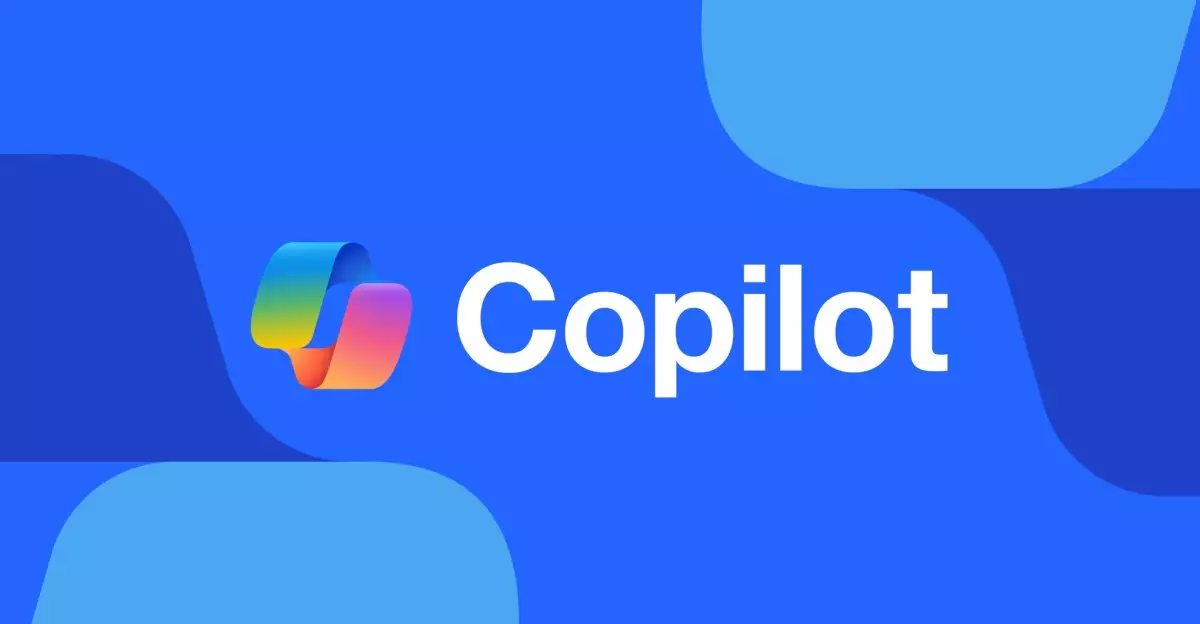In a landscape increasingly dominated by artificial intelligence, Microsoft’s recent move to integrate multi-step reasoning capabilities into its Copilot service offers a glimpse into the future of productivity tools. The introduction of two novel AI agents, Researcher and Analyst, marks a pivotal moment in how businesses can leverage technology. This initiative not only highlights Microsoft’s commitment to advancing AI but also positions it as a formidable contender against giants like Google and OpenAI, who have long led the charge in this field.
Unpacking the Features of Researcher and Analyst
Researcher, powered by OpenAI’s advanced research models, is designed to handle complex, multi-layered inquiries, which allow for thorough data exploration and interpretation. By connecting with external data resources like Salesforce and ServiceNow, it enables users to extract insights from diverse platforms seamlessly. This not only enhances productivity but also signifies a shift from mere data retrieval to intelligent analysis. Meanwhile, Analyst employs a different approach utilizing the o3-mini reasoning model, which promises to transform raw data into structured formats, including spreadsheets, while concurrently executing Python code. This feature elevates the functionality to that of a proficient data scientist, which could revolutionize how organizations interpret their metrics.
New Autonomous Agent Capabilities
The rollout of new capabilities for custom AI agents within Copilot Studio is another highlight of Microsoft’s announcement. These autonomous agents are expected to handle sophisticated processes previously thought to require human oversight. For example, scenarios such as intelligently routing feedback emails illustrate the potential for operational efficiency. However, the real question remains whether these agents can genuinely improve on existing systems or if they merely replace simple tasks that could have been handled with a few additional checkboxes.
The idea of “low code” experiences aims to democratize technology, making it accessible for users who may not be well-versed in coding. This is a commendable initiative; however, the effectiveness and practicality of such systems in real-world applications still require rigorous testing. Microsoft’s claims of an AI that can “automate any task you can imagine” set high expectations, and users will inevitably scrutinize whether this vision translates into reality.
Transforming Workplace Dynamics
The implications of multi-step reasoning AI extend beyond individual productivity. As businesses increasingly adopt these tools, a dramatic shift in workplace dynamics is likely. The potential for reducing repetitive tasks allows employees to focus on higher-order thinking and innovation. If Microsoft can deliver on these promises, it may redefine how teams collaborate and share information, fostering an environment that encourages creativity over mundane task management.
As we look ahead, these advancements urge us to consider not just the technical capabilities of AI but also the ethical and societal implications they bring. With enhanced AI capabilities come responsibilities surrounding data integrity, user privacy, and the potential for reliance on automated solutions. Microsoft’s approach to mitigating these concerns will be crucial in determining the long-term success of multi-step reasoning AI in driving business innovation.
While Microsoft’s announcements herald a new age of AI integration within productivity tools, the execution and adaptability of these features will ultimately determine whether a true transformation in business environments occurs. The world will be watching closely to see if this leap into intelligent automation lives up to its promise.

